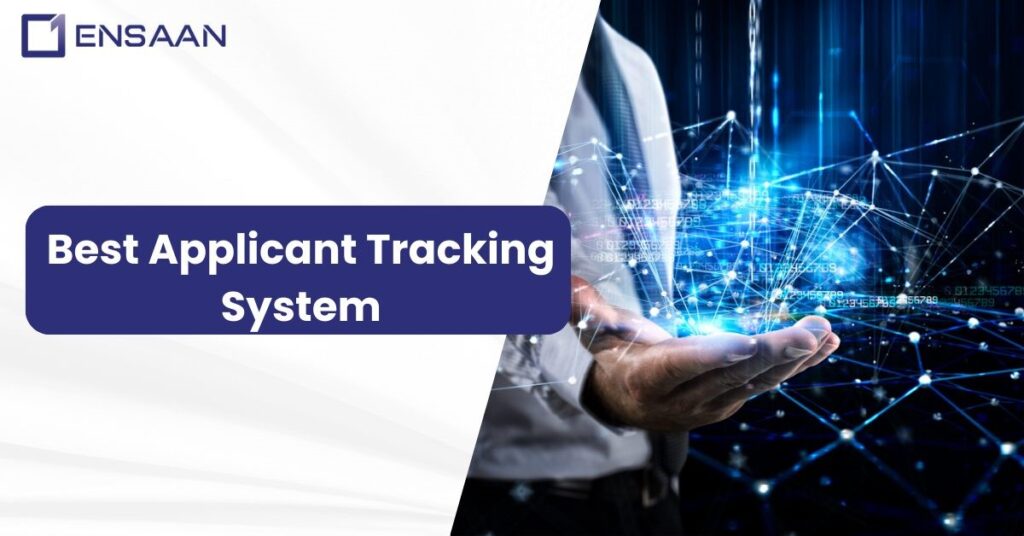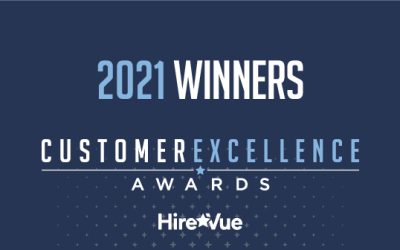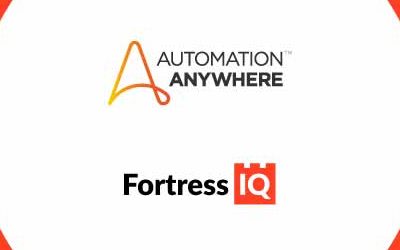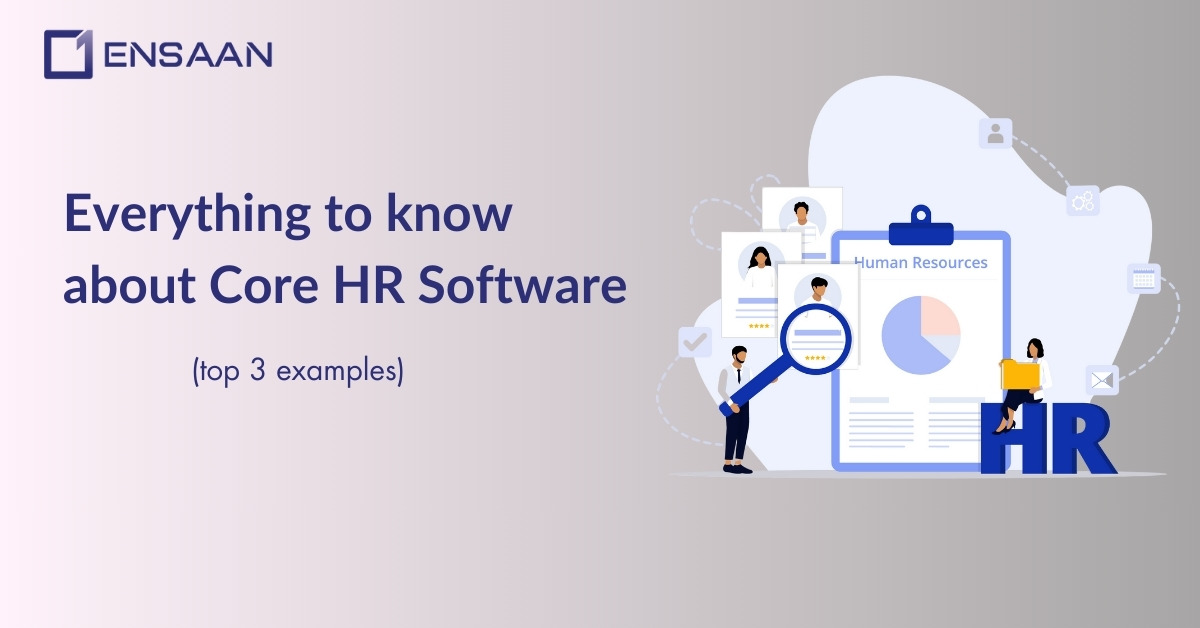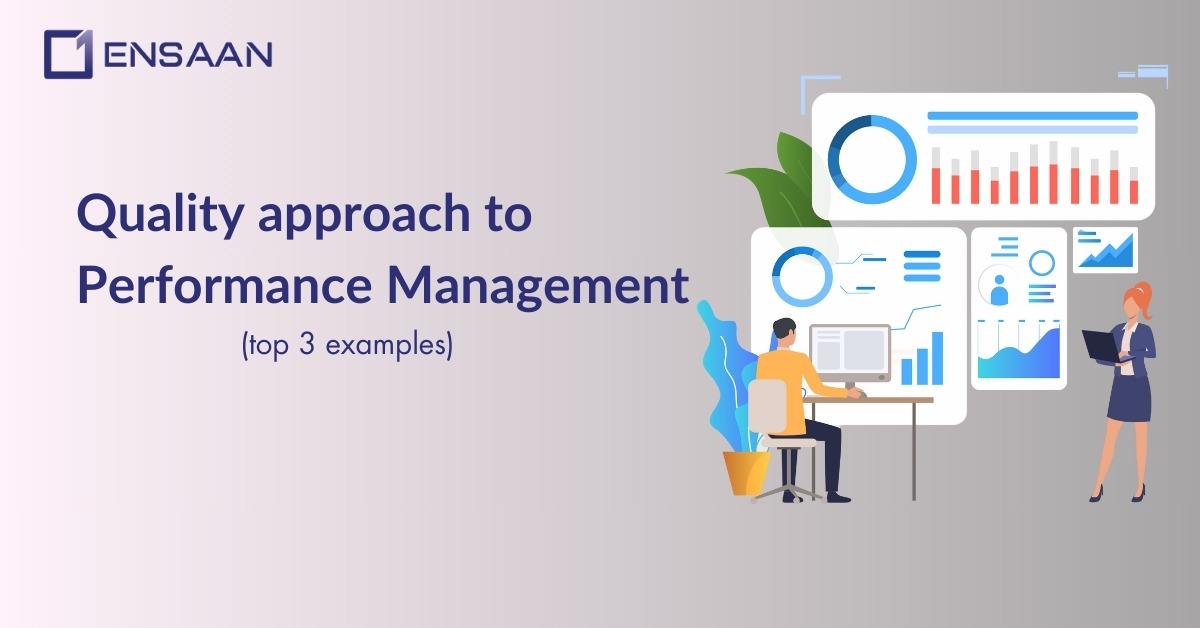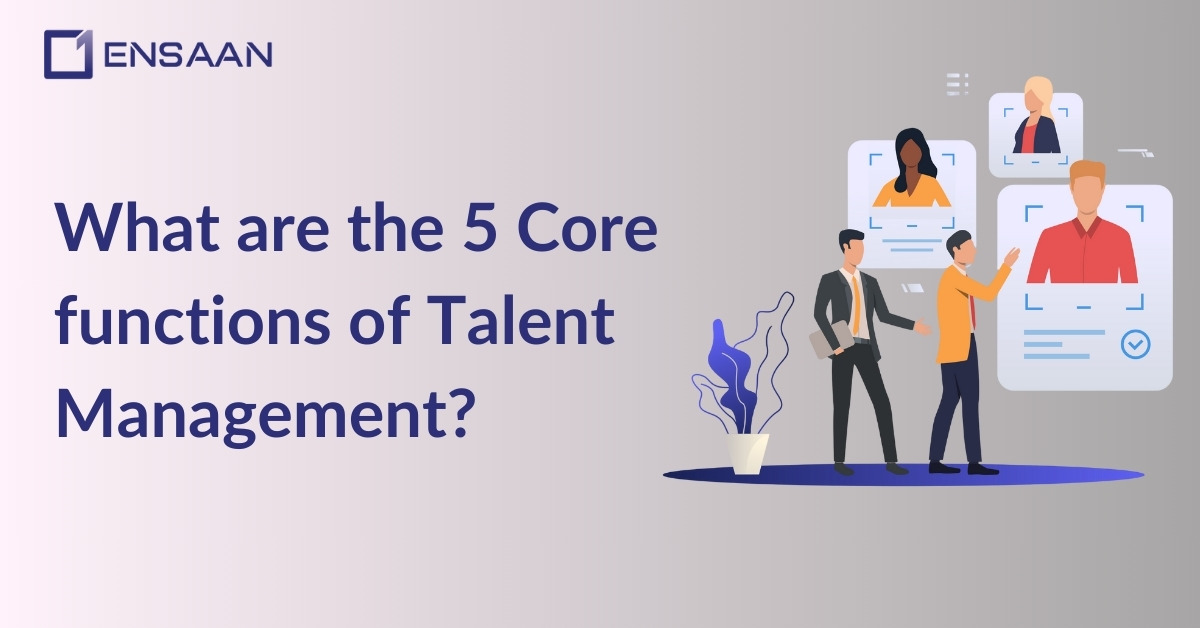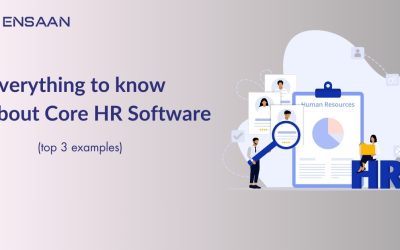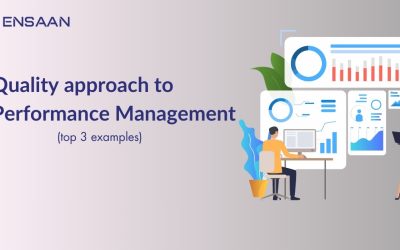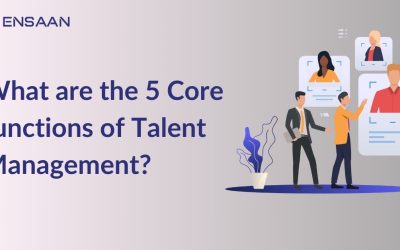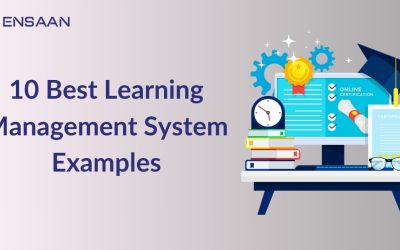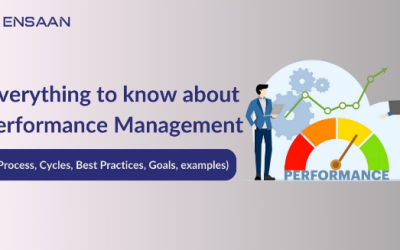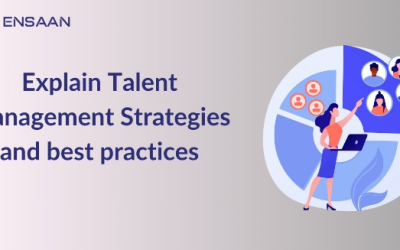With over 10 years of experience in hiring, I have come to know how the best applicant tracking system can make all the difference.
A good applicant tracking system should automate and streamline all recruitment processes, empower data-driven decision-making at each stage of the hiring process, and make recruitment one of the top business functions.
To help you with this, I have taken a closer look at different systems based on their features, usability, and value for money.
After all, these few tools left the greatest impression on me.
Read on to find the one which will be your best business friend.
Best Applicant Tracking Systems for Medium and Large Sized Business:
1. Saba: Best for Small to Medium-sized Businesses : Known for its flexibility and Scaleable.
2. Cornerstone: Simplifies the process of Hiring and brings better quality to Hires.
3. Zoho Recruit: Flexible and cost-effective ATS that can support business Enterprises.
4. Rippling: Simplifies Administrative tasks, improves the Employee Experience.
5. Breezy HR: Improve the recruitment process in businesses of all sizes.
6. GreenHouse: Seamless integrations with other HR tools, and a drive toward Collaboration.
Table of contents
- Best Applicant Tracking Systems for Medium and Large Sized Business:
- What makes the Best Applicant Tracking System?
- Features of Applicant Tracking Software for mid-sized or large Businesses of 2025
- Top Applicant Tracking Systems (ATS) for Mid-Large Sized Business in 2025
- Why EnsaanTech is the Best Applicant Tracking System for Your Company?
- Conclusion
What makes the Best Applicant Tracking System?
Whether you’re a startup just growing beyond your founding team or an established company still managing job candidates in a spreadsheet, it’s time to explore applicant tracking systems.
While the technology behind applicant tracking systems has come a long way in recent years, there are a few features that every ATS should have to be worth your time and that of your candidates.
This is what I was looking for:
1. Artificial Intelligence and Automation Tools:
Recruiting involves a good deal of repetitive tasks, gathering candidates, scoring them, sorting into groups, and sending email responses on the application status.
Software using AI and automation to perform these activities frees up much-needed time for your team to find the best people for the job.
2.Candidate tracking features:
It’s easy to assume all applicant tracking software is made equal in terms of candidate tracking, but no. Some offer complex management and searching tools for the candidate database.
With advanced search capabilities, tags, and pools of candidates. In fact, each of these platforms on the list brings excellent tracking features to the table.
3.Integrations:
Your ATS should easily integrate with job boards like LinkedIn, indeed, and ZipRecruiter so that you post a job opening quickly and gather candidate information from these sites.
It would be even better if the system could integrate with other apps one uses to help create an end-to-end process for recruiting, onboarding, and HR.
4.User-friendliness:
How easy is it to use the system? The interface should make sense, where everything is organized with tabs and features that can be placed logically.
Navigation through candidates and job postings should be easy, with clear views on important details. This should also be a user-friendly system, anticipating your needs.
5.Customization Options:
Every job and every company are different, so you are going to want custom workflows most of the time. A flexible ATS is going to allow teams to design processes that fit their needs and not have the process dictate how they work.
Can you create custom pipelines for various job roles? Are you able to save custom views to show things that are important about your candidate? Customization in these areas is highly valued.
6.Reporting and Analytics:
Not all these ATS platforms are good reporters, whereas a few of them shine with custom reports, dashboards, interactive data visualization, and a library of pre-built reports for the most meaningful insights into company success.
I have taken these criteria into use along with my experience in exploring and testing to pick nine apps that will help create an excellent recruiting and applicant tracking process.
Features of Applicant Tracking Software for mid-sized or large Businesses of 2025
Some of the must-have features of the applicant tracking system for small businesses are:
1. Resume Parsing:
Capability to draw out and organize key information from resumes automatically.
2.Candidate Management:
All candidate profiles, applications, and status of these applications are efficiently managed.
3.Integration with Communication:
Smooth integration with email and other communication channels to communicate effortlessly with applicants.
4.Candidate Screening:
Facilitating screening processes by configurable filters and criteria to identify top candidates.
5.Interview Scheduling:
Easy-to-use interview scheduling, coordination with the candidate becomes easy.
6.Analytics and Reporting:
By these comprehensive reporting and analytical tools, we get insight into recruitment metrics and performance measures.
7.Collaborative Tools:
Collaboration among hiring teams by letting them review and evaluate candidates collectively.
Top Applicant Tracking Systems (ATS) for Mid-Large Sized Business in 2025
1. Saba:
Saba is a fully integrated talent management platform with an award-winning applicant tracking system.
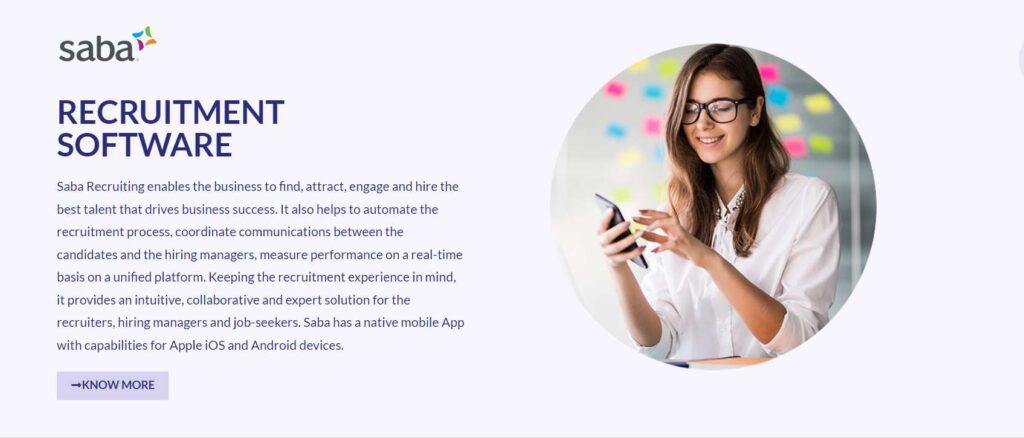
Known for its flexibility and ability to scale, Saba ATS helps organizations of any size from small independent businesses to large enterprise corporations.
Best For:
Small to Medium-sized Businesses
Features:
- AI-Powered Recruiting
- Advanced Candidate Tracking
- Integration Capabilities
- Collaboration and Communication
- Analytics and Reporting
Pros
- Automates candidate ranking and screening, saving a lot of precious time for recruiters.
- Customizable pipelines, tags, and hotlists are available for managing candidates efficiently.
- Easily integrates with multiple job boards, HR tools, and social media platforms for seamless candidate sourcing and management.
- Gives real-time insightful reporting and data-driven insights to make informed hiring decisions and optimize recruitment strategies.
- Customized workflows and processes engage with any organization’s unique needs.
Cons
- The large number of features and customization can provide a steep learning curve for new users.
- The depth of features that Saba offers also may be pricier, which could be relevant for smaller companies.
- The platform might be too robust for small organizations with less complex recruiting needs.
2.Cornerstone:
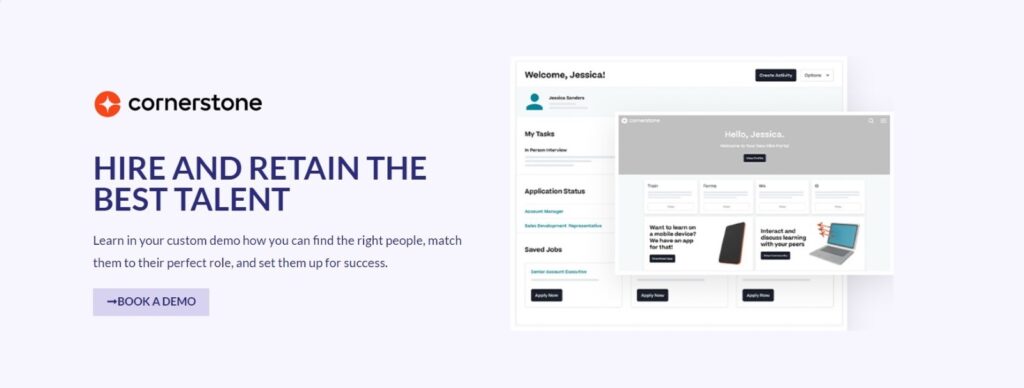
Another leader in applicant tracking systems is Cornerstone, which provides a rich talent management suite, including a truly accomplished applicant tracking system.
Cornerstone ATS simplifies the process of hiring and brings better quality to hires through higher levels of innovation and usability.
Best For:
Small to Medium-sized Businesses
Key Features:
- Intuitive Interface
- AI and Automation
- Candidate Relationship Management
- Customizable Workflows
- Seamless Integrations
- Data-Driven Insight
Pros
- User-Friendly Interface
- AI and Automation
- Customizable Workflows
- Strong Candidate Relationship Management
- Seamless Integrations
Cons:
- Cost
- Implementation Time
- Complex Customization
3. Zoho Recruit:
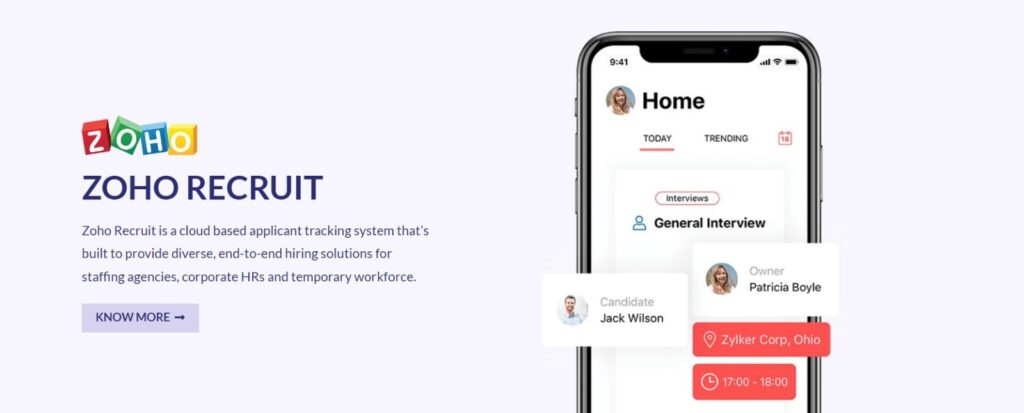
Zoho Recruit is a flexible and cost-effective ATS that can support business enterprises of all sizes.
For this reason, Zoho is more preferential for small to mid-level businesses because it’s part of a wider spectrum of business tools in the Zoho suite.
Best For:
Small to Medium-sized Businesses
Key Features:
- Customizable Recruitment Workflows
- Candidate Sourcing
- Automation Tools
- Integration with Zoho Ecosystem
- Collaboration Features
- Reporting and Analytics
Pros
- Offers a cost-effective solution, making it accessible for small to mid-sized businesses.
- Seamlessly integrates with other Zoho apps, enhancing overall business operations.
- Allows users to tailor workflows to match their specific hiring process needs.
- Includes automated features such as email responses and interview scheduling to improve efficiency.
- Simple and easy to use, even for those with little technical expertise.
Cons:
- May lacks some of the more advanced features found in higher-end ATS platforms, such as complex analytics or AI-driven insights.
- While great for small to mid-sized businesses, larger organizations with complex needs might find the platform less scalable.
- The reporting and analytics features, while useful, might not be as comprehensive as those offered by more advanced systems.
4. Rippling:
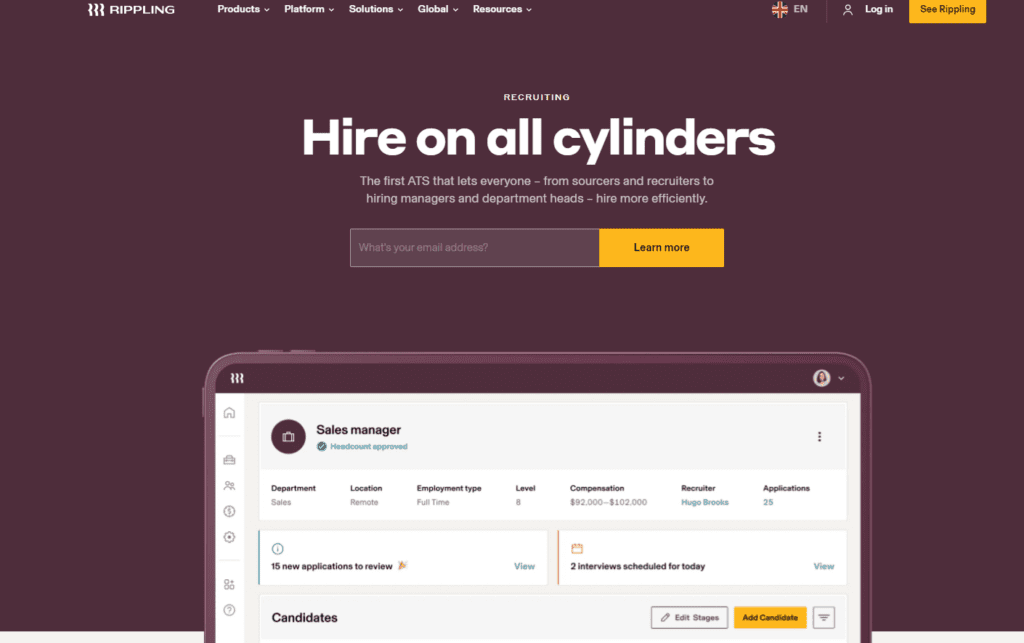
Rippling is the all-rounded workforce management platform built for simplification in one system: human resources, IT, and finance operations.
By putting human resources, payroll, benefits, and IT all in one system, Rippling simplifies administrative tasks, improves the employee experience, and gives top drive to database organizational management.
Best for:
Small to Medium-sized businesses
Features
- Onboarding and Offboarding
- Payroll and Benefits
- Time and Attendance
- Unified Employee Database
Pros
- Extensive automation capabilities within the platform help reduce administrative burdens, freeing HR and IT teams to spend time on strategic initiatives.
- Rippling integrates seamlessly with a large variety of third-party applications.
Cons
- The comprehensive nature of Rippling’s services means it may be costlier than some of the more specialized or basic tools in their class.
- Rippling might overwhelm the feature set for some of the smaller organizations.
Learn More: Explore the top human capital management software solutions (HCM)
5. Breezy HR:
Breezy HR is the next-gen applicant tracking system designed to simplify and improve the recruitment process in businesses of all sizes.
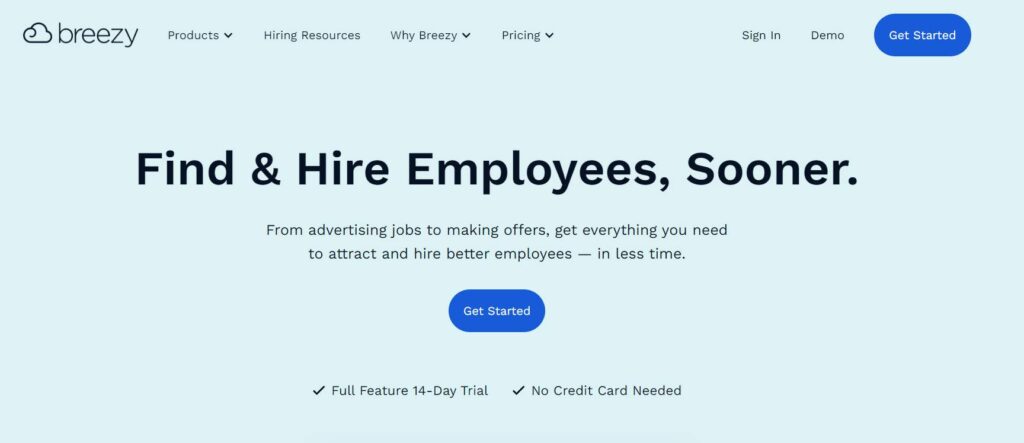
With automated job posting, candidate sourcing, and collaborative hiring tools for easy recruiting, elevated candidate experiences, and data-powered hiring decisions.
Best for:
Small to Medium-sized Businesses
Features:
- Job Posting and Syndication
- Candidate Management
- Collaboration Tools
- Reporting and Analytics
Pros
- User-friendly design of Breezy HR makes the platform self-explanatory for recruiters and hiring managers to move around and use it effectively.
- Customization in recruitment pipelines can allow for a more tailored approach toward various roles or departments.
Cons
- There may be a learning curve for a new user in habituating to the functionalities and customization options of the platform.
- The platform lacks some advanced features that are present in a more complete HR suite
6. Greenhouse:
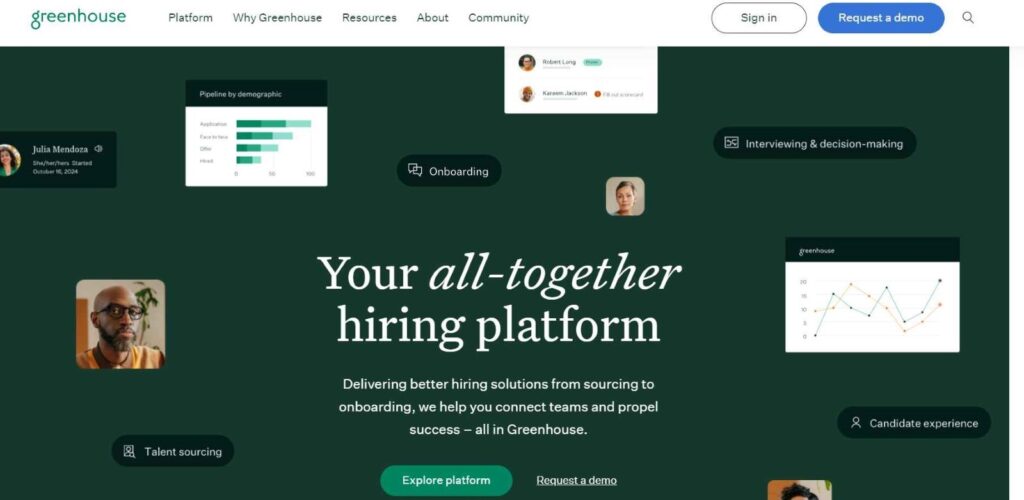
One of the best talent acquisition suites, Greenhouse is designed to optimize and streamline the hiring process for organizations of all sizes, offering much in terms of candidate sourcing, structured interviewing, and data-driven decisions about hires.
Greenhouse apart is its custom Flor workflow, seamless integrations with other HR tools, and a drive toward collaboration.
Best For:
Medium to Large Enterprises
Key Features
- Structured Hiring Tools
- Integration with HR Systems
- Customized career pages
- Candidate Engagement Tracking
Pros
- The analytics tools in the platform provide key insights used in fine-tuning recruitment strategies to deliver better hiring results.
- Greenhouse offers a rich set of features across the hiring process, from sourcing to onboarding.
Cons
- The comprehensive nature of the services Greenhouse offers may translate into a higher price point versus many of the more basic applicant tracking systems.
- Customization in Greenhouse is complex, and users will probably need a little time to use it to the fullest.
Why EnsaanTech is the Best Applicant Tracking System for Your Company?
Ensaantech is the ideal applicant tracking system for your partner company. It has everything needed to smooth out and improve the recruitment process.
The system gives easy access, customized workflow creation, and integration with other tools, allowing a user to track job candidates with ease.
Ensaantech enables companies to acquire the right talent using time and resource-saving means making it the top choice for recruiting in your partner company.
Conclusion
Choosing the right applicant tracking system (ATS) can significantly improve your hiring process.
Whether you’re a small business or a large enterprise, the right ATS (Applicant Tracking Systems) will streamline your recruitment, help you make data-driven decisions, and save you valuable time.
By considering key features like AI tools, candidate tracking, and user-friendly interfaces, you can find the perfect system for your needs. With options like Saba, Cornerstone, Zoho Recruit, and Ensaantech, there’s an ATS out there that will fit your business and help you find the best talent efficiently.

